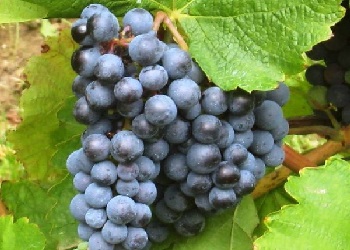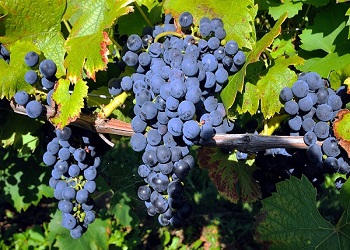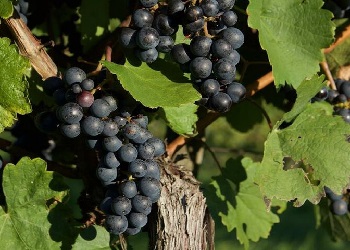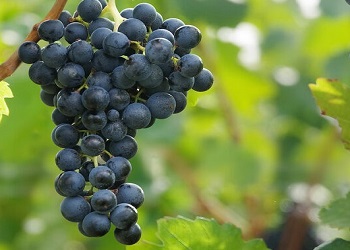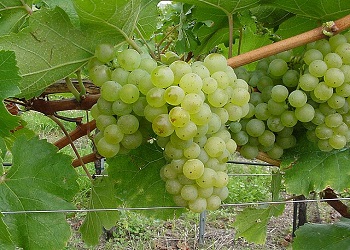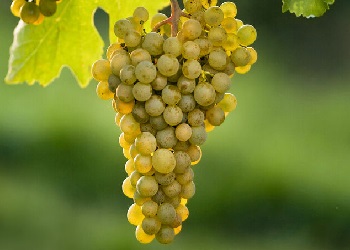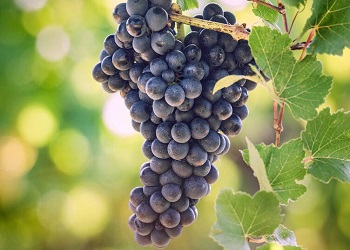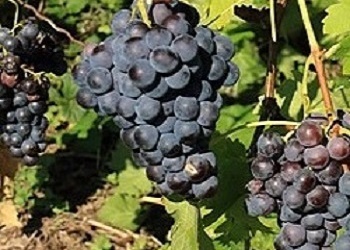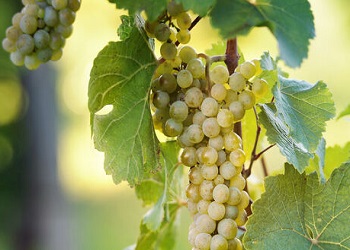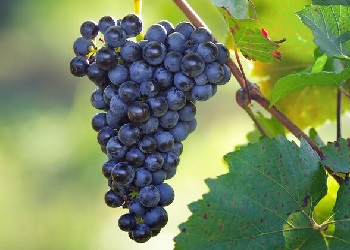Austrian Wine
Austrian wine has a rich history dating back thousands of years.
There are evidence of viticulture in Austria since the time of the Celts (1200 BCE).
Austria produces a wide range of wines, but is best known for its white wines.
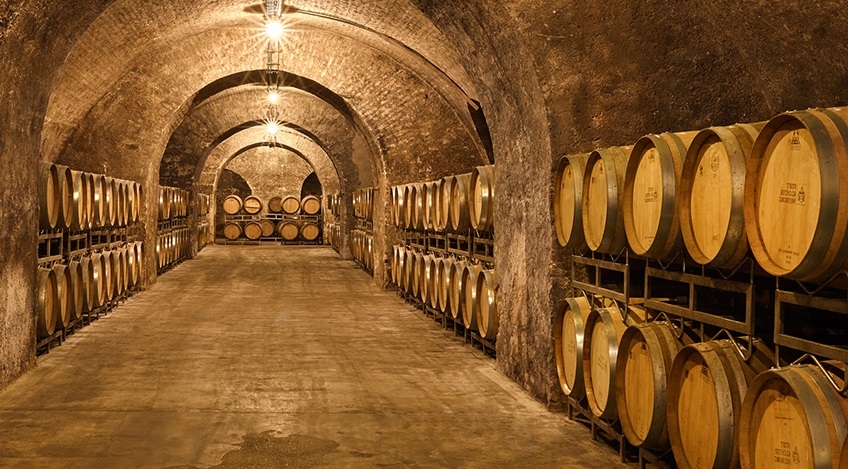
The Stift Klosterneuburg wine estate was founded in 1114.
Austrian Grape Plantings
Grüner Veltliner is the most famous and widely planted white grape.
Other notable white grapes are Riesling and Welschriesling.
Upcoming whites are Chardonnay and Sauvignon Blanc.
Zweigelt and Blaufränkisch are the most prominent reds.
Grüner Veltliner Zweigelt Welschriesling Blaufränkisch Riesling Chardonnay Weissburgunder Sauvignon Blanc Muskateller Müller-Thurgau Merlot St. Laurent Blauburgunder Cab Sauvignon WildbacherBased on figures from the Federal Ministry of Agriculture/IACS 2023
Major Austrian Grapes
Climate and Terroir
Austria has a continental climate with warm summers and cold winters.
The weather can be quite variable, which can pose challenges for grape growers, but also allows for the production of wines with a wide range of styles and flavors.
The soils vary widely, ranging from limestone and loess to gravel and schist, contributing to the complexity of Austrian wines.
Austrian Wine Regions
Austria is home to several distinct wine regions, each with its own unique terroir, unique grapes, and unique winemaking traditions.
The most prestigious wine regions are situated in the eastern part of the country, with vineyards planted along the Danube River.
3 federal states are defined as distinct Austrian wine regions:
- Niederösterreich (8 DAC appelations)
- Burgenland (5 DAC appellations
- Steiermark (3 DAC Appellations)
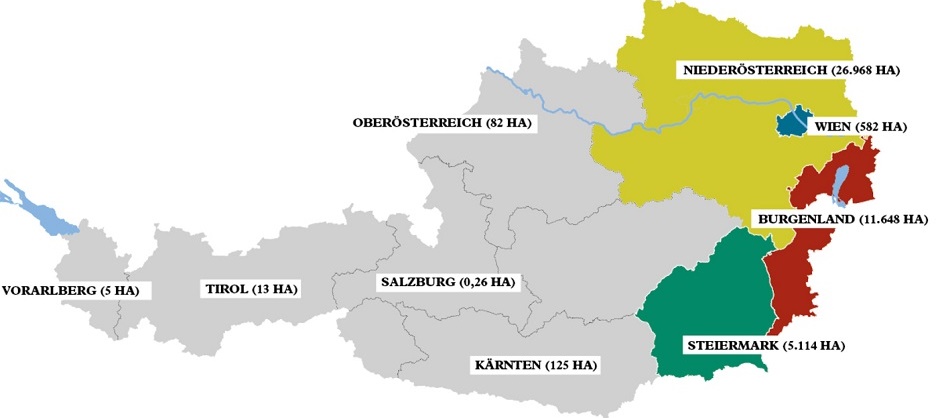
Austrian wine regions © Austrian Wine
Two other wine regions are Wien (1 DAC) and Bergland (0 DAC).
Niederösterreich (27 000 ha)
Niederösterreich, surrounding Wien (Vienna), is Austria's largest wine region.
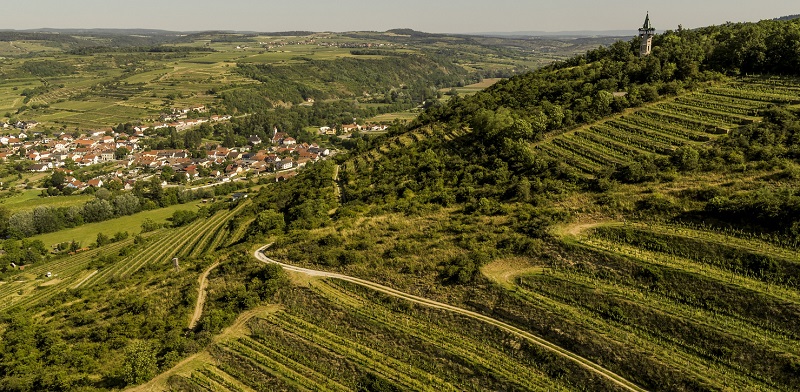
Ried Heiligenstein, Kamptal, Niederösterreich
© Austrian Wine / Robert Herbst
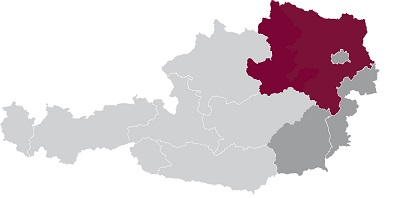
Grape Plantings
Based on figures from the Federal Ministry of Agriculture/IACS 2023
Grüner Veltliner Zweigelt Riesling Welschriesling Müller-Thurgau Chardonnay WeissburgunderDAC Appelations (Districtus Austriae Controllatus)
Niederösterreich encompasses several famous subregions,
Each subregion has its own unique terroir and grapes, but Grüner Veltliner is most widely planted. Riesling, Chardonnay, and Zweigelt are also significant.
The region's diverse soils, which range from loess and gravel to limestone and granite, contribute to the complexity and character of the wines.
Soil: Varied. Loess. Loam. Primary Rock.
Climate: Continental. Cold winters. Hot summers, moderated by the Danube River.
| Year | 8 DACs | Ha | Description |
|---|---|---|---|
| 2003 | Weinviertel | 13.500 | Peppery Grüner Veltliner |
| 2006 | Traisental | 800 | Mineral driven Riesling |
| 2007 | Kremstal | 2.200 | Expressive Riesling and Grüner Veltliner |
| 2008 | Kamptal | 3.800 | Bold and spicy Grüner-Veltliner |
| 2019 | Carnuntum | 900 | Zweigelt, Blaufränkisch, Chardonnay, Weissburgunder, Grüner Veltliner |
| 2020 | Wachau | 1.400 | Steep vineyards and powerful white wines from Grüner Veltliner and Riesling |
| 2022 | Wagram | 2.500 | Grüner Veltliner, Riesling, Roter Veltliner |
| 2023 | Thermenregion | 2.200 | Zierfandler, Rotgipfler, Pinot Blac, Pinot Gris, Chardonnay, Sankt Laurent, Pinot Noir |
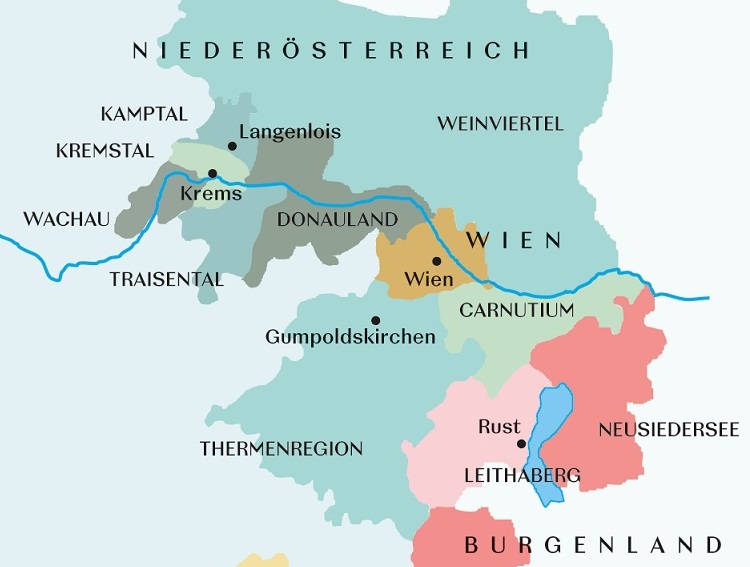
Burgenland (11 600 ha)
Burgenland, bordering Hungary in the eastern part of Austria, is known for its diverse range of terroirs, including the flat plains around Lake Neusiedl and the hilly slopes of the Leithaberg mountains.
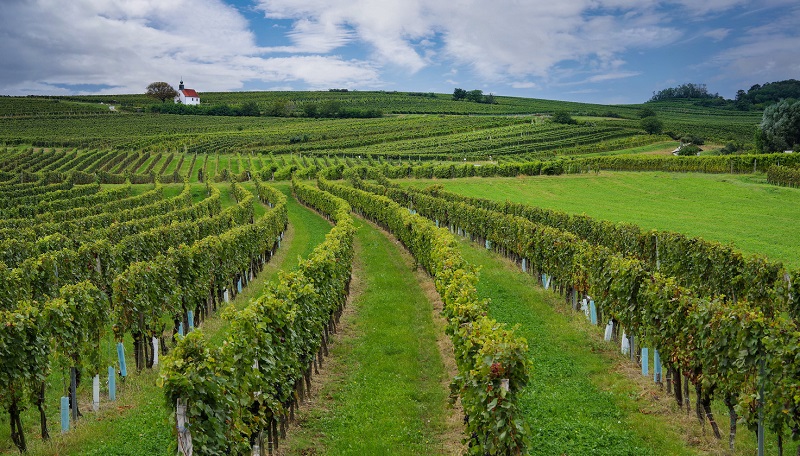
Grunderitsch, Mittelburgenland, Burgenland
© Austrian Wine / WSNA
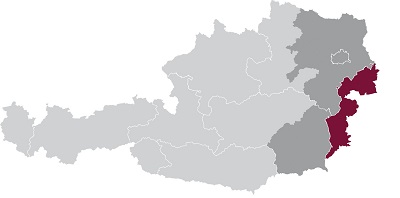
Grape Plantings
Based on figures from the Federal Ministry of Agriculture/IACS 2023
Blaufränkisch Zweigelt Grüner Veltliner Welschriesling Chardonnay Merlot WeissburgunderBurgenland produces a wide variety of both white and red grape varieties, including Welschriesling, Blaufränkisch, and Zweigelt.
The region is particularly renowned for its sweet wines made from botrytized grapes, known as Trockenbeerenauslese and Beerenauslese.
Soil: Varied. Sandy soil. Clay. Limestone.
Climate: Pannonian, with hot summers and cold winters, benefiting from Lake Neusiedl.
DAC Appelations (Districtus Austriae Controllatus)
| Year | 6 DACs | Ha | Primary Grapes |
|---|---|---|---|
| 2005 | Mittelburgenland | 2,050 | Blaufränkisch |
| 2009 | Leithaberg | 2,850 | Blaufränkisch,
Weissburgunder, Chardonnay, Neuburger, Grüner Veltliner |
| 2010 | Eisenberg | 500 | Blaufränkisch, Welschriesling |
| 2012 | Neusiedlersee | 6,250 | Zweigelt |
| 2018 | Rosalia | 250 | Blaufränkisch, Zweigelt |
| 2020 | Ruster Ausbruch | 250 | Blaufränkisch, Zweigelt |
Steiermark / Styria (5 100 ha)
Steiermark, in the south-east, is known for cooler climate with focus on aromatic white grapes.
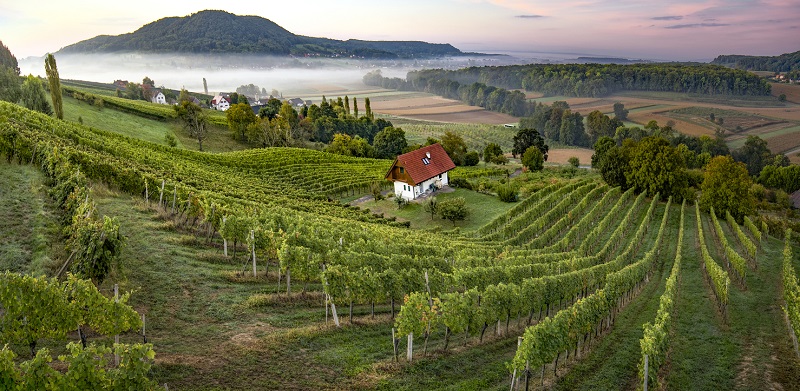
Ried Aunberg, Tieschen, Vulkanland Steiermark © Austrian Wine / WSNA
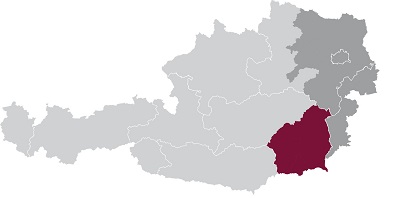
Grape Plantings
Based on figures from the Federal Ministry of Agriculture/IACS 2023:
Sauvignon Blanc Welschriesling Weissburgunder Muskateller Blauer Wildbacher ChardonnaySteiermark is best known for its Sauvignon Blanc wines, which are characterized by their intense aromas of green herbs, citrus fruits, and minerality.
Wine experts consider Steiermark as one of the world's top terroirs for producing world-class Sauvignon Blanc.
Steiermark also produces excellent wines from the indigenous grape variety, Welschriesling, as well as Morillon (Chardonnay), Weissburgunder and Muscat.
Soil: Volcanic and sedimentary.
Climate: Cooler. Mix of Mediterranean and continental influences.
DAC Appelations (Districtus Austriae Controllatus)
| Year | 3 DACs | Ha | Description |
|---|---|---|---|
| 2018 | Südsteiermark | 2.750 | Known for aromatic white wines, especially Sauvignon Blanc. |
| 2018 | Vulkanland Steiermark | 1.650 | Offers white wines with volcanic minerality: Sauvignon Blanc, Welschriesling and Weissburgunder |
| 2018 | Weststeiermark | 650 | Most famous for Schilcher, a rosé wine from the Blauer Wildbacher grape. |
Wien / Vienna (600 Hectares)
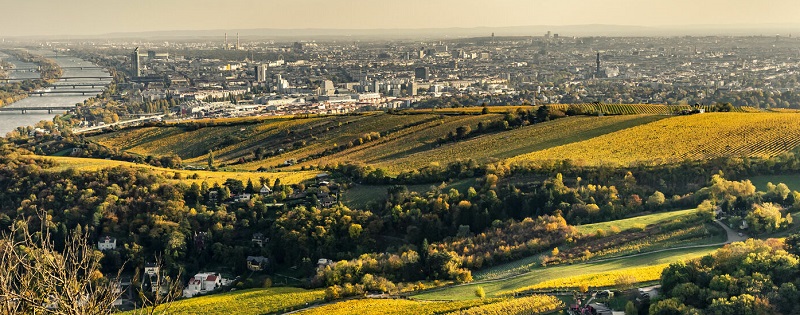
To preserve the vineyards and the cultural landscapes, a Viennas law states that existing vineyards must continue to be cultivated, protecting viticultural land from real estate speculations.
Foto: Austrianwine.com
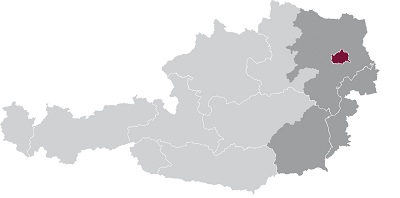
Grape Plantings
Based on figures from the Federal Ministry of Agriculture/IACS 2023:
Gemischter Satz Grüner Veltliner Riesling Zweigelt ChardonnayDespite being a capital city, Wien is also a wine region, with vineyards located within the city limits.
The vineyards are primarily situated in the hilly suburbs surrounding Vienna, particularly in the districts of Grinzing, Nussdorf, and Sievering.
The region is known for its Gemischter Satz wines, which are blends of multiple grape varieties grown together in the same vineyard.
Grüner Veltliner, Weissburgunder, Chardonnay and Riesling are among the grapes cultivated in Wien.
Soil: Limestone. Loess. Sandy soil.
DAC Appelations (Districtus Austriae Controllatus)
| Year | 1 DAC | Grapes |
|---|---|---|
| 2013 | Wiener Gemischter Satz | Multi-grape blends from the same vineyard |
Bergland (230 ha)
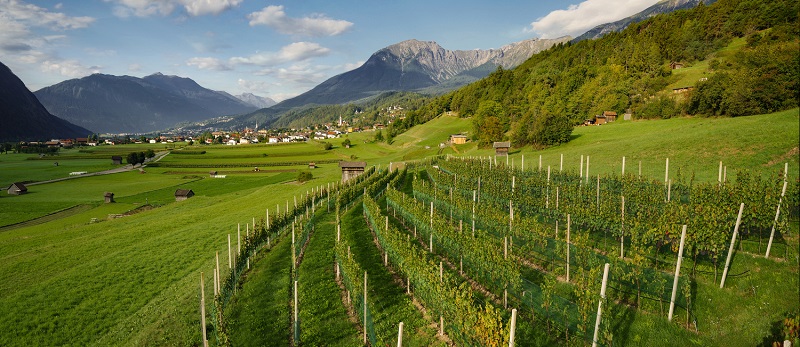
Tarrenz, Tirol, Bergland © Austrian Wine / WSNA
Bergland is not a well known Austrian wine region.
It is a big region covering Oberösterreich (Upper Austria), Salzburg, Kärnten, Tyrol, and Vorarlberg.

Bergland is not a DAC regions. Because of this, wines from Bergland must be labeled "Wine From Austria" (where the origin is not specified), or "Landwein" with origin Bergland.
Quality
Austrian wine is renowned for its quality and is subject to strict wine laws and regulations.
The country has implemented a quality classification system similar to Germany's Prädikat system, which categorizes wines based on ripeness levels at harvest.
The sugar content (trocken, halb-trocken) must be stated on Australian wine labels.
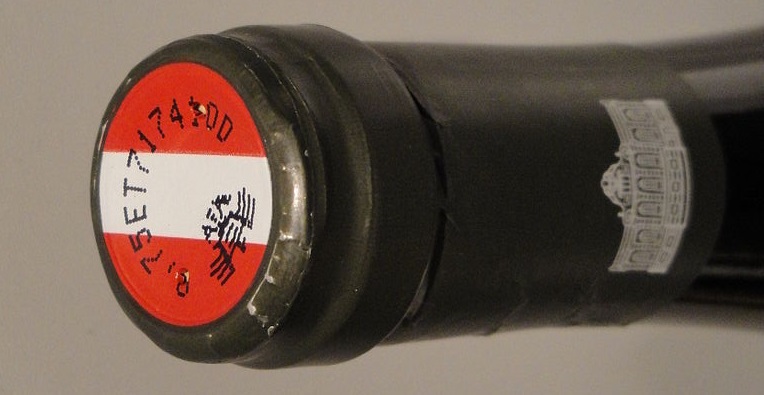
The Austrian wine seal is used on all wines at Qualitätswein level
Stylistic Range
Austrian wines come in a variety of styles, from light and crisp to rich and full-bodied.
Grüner Veltliner can range from zesty and refreshing to more full-bodied and textured, depending on factors like vineyard location and winemaking techniques.
Sweet Wines
Austria is also known for its production of sweet wines, particularly those made from botrytized grapes.
These wines, such as Trockenbeerenauslese (TBA) and Beerenauslese (BA), are crafted from grapes affected by noble rot, resulting in intensely sweet and concentrated wines with complex flavors.
